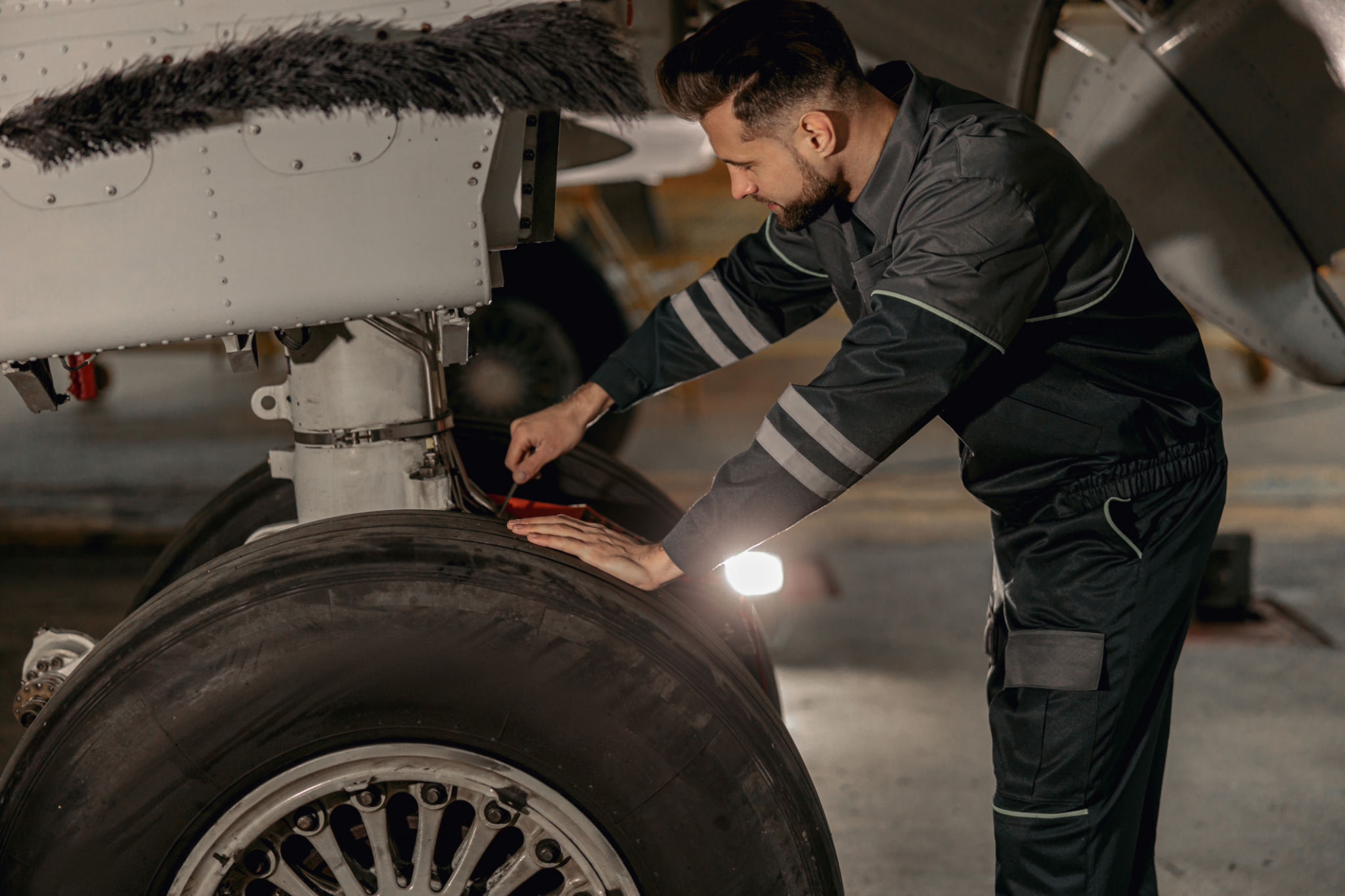Common Misconceptions About Taillifts and the Truth Behind Them
Understanding the Basics of Taillifts
Taillifts are an essential component of many commercial vehicles, designed to aid in the loading and unloading of heavy cargo. Despite their widespread use, there are several misconceptions about their functionality and maintenance. In this blog post, we aim to debunk some of these myths and provide clarity on how taillifts truly operate.

Misconception 1: Taillifts Are Only for Heavy-Duty Trucks
One common misconception is that taillifts are exclusively used for large, heavy-duty trucks. In reality, taillifts are versatile and come in various sizes, suitable for different types of vehicles, including vans and smaller delivery trucks. This flexibility allows businesses of all sizes to benefit from the efficiency and ease provided by taillifts.
For smaller operations, using a taillift can significantly enhance productivity by reducing the physical strain on workers and speeding up loading processes. Businesses should consider their specific needs and vehicle types to choose the appropriate taillift model.
Misconception 2: Taillifts Are Complicated to Operate
Another myth is that taillifts are complex and require extensive training to operate. While operators should always receive proper training, modern taillifts are designed with user-friendliness in mind. Most systems feature intuitive controls and safety mechanisms that make them easy to use even for new operators.

Moreover, many manufacturers provide comprehensive training programs and manuals to ensure operators can use taillifts safely and efficiently. Regular practice and adherence to safety guidelines are key to becoming proficient in their operation.
Misconception 3: Taillifts Require Frequent Maintenance
Some believe that taillifts demand constant maintenance, which can be costly and time-consuming. In truth, taillifts are built to be durable and reliable, requiring only routine maintenance similar to any other vehicle component. Regular inspections and timely servicing are sufficient to keep them in optimal working condition.
By adhering to a maintenance schedule, businesses can prevent unexpected breakdowns and extend the lifespan of their taillifts, ultimately saving on repair costs in the long run.

The Truth About Taillift Longevity
One of the most important truths about taillifts is their longevity when properly maintained. Unlike many vehicle components that may wear out quickly, a well-maintained taillift can last for many years without significant issues. Investing in quality equipment and following the manufacturer's maintenance recommendations can ensure long-term reliability.
Additionally, advancements in technology have led to the development of more robust and efficient taillift systems, further enhancing their lifespan and reducing the frequency of necessary repairs.
Misconception 4: Taillifts Are a One-Size-Fits-All Solution
A final misconception is that all taillifts are the same and can be used interchangeably. However, taillifts come in various designs, each tailored to different types of vehicles and cargo requirements. Options include column lifts, cantilever lifts, and tuckaway lifts, each with unique features and benefits.
Choosing the right taillift involves considering factors such as load capacity, vehicle type, and specific operational needs. Consulting with a taillift specialist can help businesses select the most appropriate solution for their unique circumstances.

